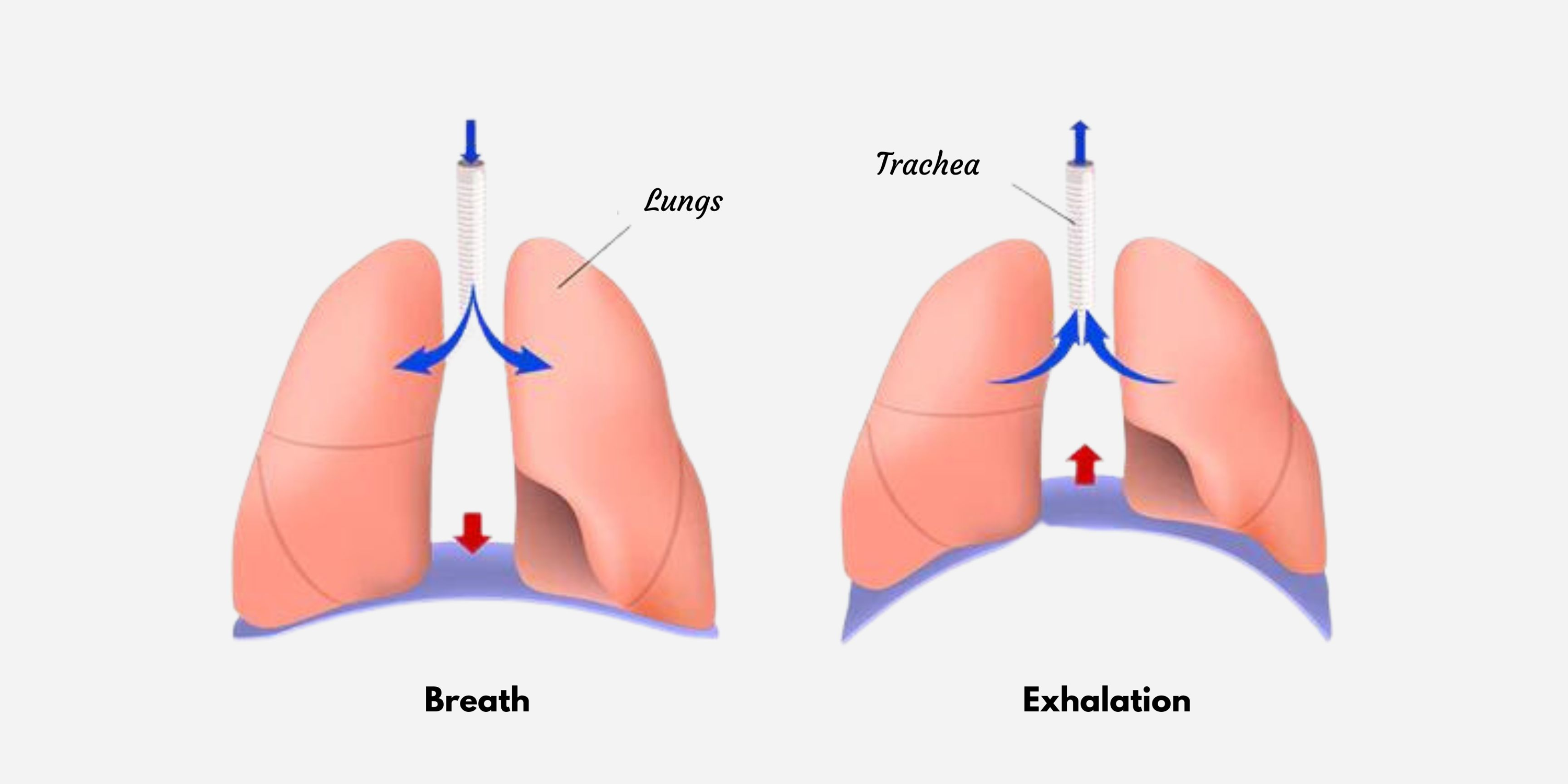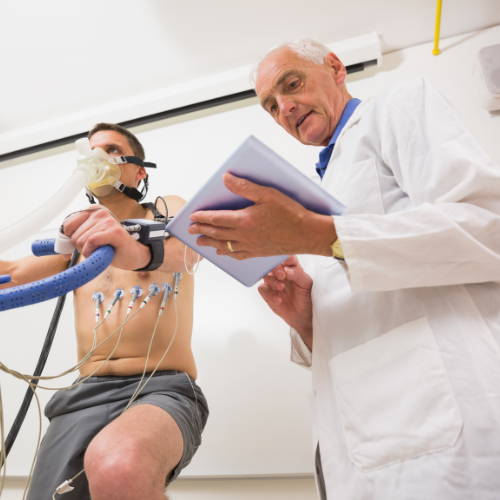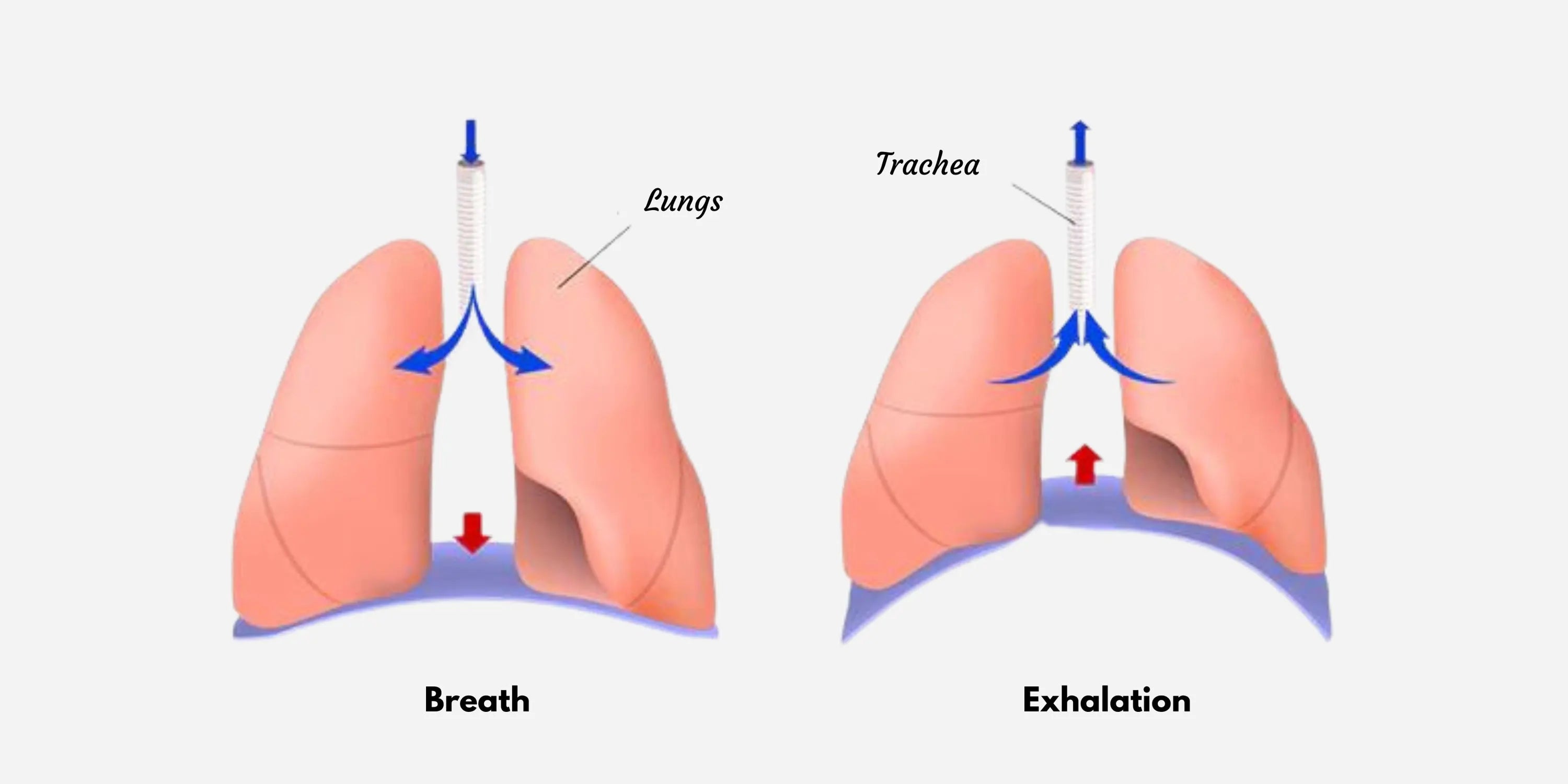Aprenda todo sobre las funciones y el desarrollo del diafragma
Desarrollo del diafragma
11 de junio de 2023

"El Sr. A ha sufrido una lesión en el diafragma (incapacidad para funcionar correctamente) que afecta negativamente a su respiración. No existe un tratamiento médico establecido para esta afección y se ha alentado al paciente a buscar todas y cada una de las modalidades de tratamiento alternativas".
De un médico ilustrado.
En parte un buen consejo, pero ¡ay! de las muchas fuentes de información mediocre a mala que existen en el mundo estos días.
Si cree que tiene algún tipo de enfermedad, le advierto que no se autodiagnostique ni se autotrate. Existen numerosas condiciones de salud que a veces se asocian con la debilidad de los músculos respiratorios, como se describe en la página 1891 de The Thorax, de Charis Roussos.
Echaba de menos la apnea del sueño .
Sospecho que se perdió algunos más.
El diafragma es el músculo central del cuerpo humano, el músculo principal de la respiración. Separa casi por completo el cuerpo por la mitad, de arriba a abajo. La antigua Grecia llamaba al diafragma phrenos, " la unidad de todas las posibilidades de expresión humana ".
El diafragma se encoge y, a medida que se contrae, se elevará cada vez menos hacia el pecho. Compárelo con una bomba de bicicleta. Si tiras un poco de la manija, entrará muy poco aire en el neumático. Cuanto más alto sea el aumento del diafragma, más alto podrá subir la manija de la bomba y más aire podrá empujar/tirar hacia los neumáticos/pulmones. También se encoge de forma irregular. Esto sucede con casi todos los problemas pulmonares.
He tenido videofluoroscopios de MI diafragma.
Fue fascinante.
El radiólogo del médico tuvo la amabilidad de permitirme radiografiar mi diafragma, pero no tenía un protocolo para ello, lo que me sugiere una falta de investigación clínica sobre la función y el desarrollo del diafragma.
Su corazón descansa encima y al lado de él y su hígado, vesícula biliar, bazo, estómago y riñones se encuentran debajo. Está adherido a su columna mientras se mueve y masajea todos sus órganos abdominales.
Su diafragma funciona como mediador de todos los ritmos biológicos y emocionales de su cuerpo, incluido el sistema nervioso autónomo. El diafragma interconecta el abdomen, los pulmones y la columna. Debido a estas relaciones, su movimiento está profundamente influenciado por la postura e influye continuamente en la digestión, la eliminación y la respiración.
El movimiento rítmico de su diafragma cambia constantemente. Tiene forma de media cúpula arqueada hacia la cavidad del pecho. A medida que inhala, se contrae presionando sus órganos y, con suerte, con una respiración profunda adecuada, abre su pecho. El aire corre al inhalar y al exhalar, el diafragma se relaja y se eleva nuevamente, empujando el aire hacia arriba y hacia afuera.
Pero el diafragma se encoge.
Y cuando lo hace, pierde parte o la mayor parte de su capacidad de aspirar y exhalar aire. Es entonces cuando podemos aprender qué parte de la llamada respiración diafragmática realmente NO ES respiración completa.
Si piensa en el diafragma como un cuenco boca abajo con forma de media cúpula, como una media ciruela fresca que puede debilitarse y arrugarse en la parte superior y alrededor de sus lados como una ciruela pasa. Esto significa que el diafragma se ve afectado en TODOS sus lados. Puede debilitarse en cualquier parte de su superficie en forma de cuenco. Si es así, lo más probable es que siga siéndolo a menos que se reconstruya.
Con la reciente popularidad de los ejercicios diarios de respiración consciente en la "nueva era", muchos están siendo entrenados para respirar hacia el abdomen, observar constantemente su respiración, crear posturas que se supone expanden la respiración (muchos lo hacen) o inhalar o exhalar con fuerza. un intento de aumentar la frecuencia o el volumen respiratorio.
La respiración abdominal puede estabilizar el sistema nervioso y las emociones y, en general, es un buen lugar para comenzar a fortalecerse. Pero he visto muchas excepciones a esto, ya que la respiración abdominal mal entrenada también puede convertirse en una distracción habitual y una restricción respiratoria.
Observar la respiración es bueno para que muchas personas se concentren y se calmen, pero puede convertirse en una distracción continua. Las posturas pueden expandir o distribuir la respiración, así como provocar la restricción respiratoria que esperan eliminar. La contundencia/esfuerzo puede ser valioso, pero en muchos sentidos es innecesario y puede provocar una activación simpática y una restricción innecesaria del volumen respiratorio total, es decir, "bloqueos respiratorios". Estos bloqueos son tensiones y posturas en el cuerpo que restringen el flujo natural de la energía respiratoria llamada fuerza vital, chi, ki, qi, ha, prana, pneuma, elan vital y muchas, muchas otras. Conciencia respiratoria, evaluaciones físicas y La producción, calidad y cantidad del sonido son los principales marcadores de un cambio positivo en la respiración.
Respiración más fácil y completa
Existen muchas técnicas para modificar, dirigir u observar la actividad de la respiración. Cada uno tiene su propósito y limitaciones. Cualquier ejercicio que haga con la respiración, después de suficientes repeticiones, comenzará a restringir o inhibir la libertad y plenitud del diafragma y la caja torácica.
Cuando respiramos profundamente con el vientre a la fuerza, también estimulamos parcialmente el sistema nervioso simpático porque estamos forzando la actividad. Cuando se practica una típica conciencia de la respiración orientada a Vipasana, la observación de la respiración puede hacer que se acelere, desacelere o se vuelva algo superficial.
La conciencia de la respiración es más una meditación sentada o caminando y es buena, excepto que los clientes me dijeron que seguir su respiración los ponía extremadamente ansiosos y otros simplemente no podían hacerlo debido al estrés y las distracciones internas.
Anatomía
Función pulmonar
Los pulmones pierden su capacidad de aumentar la capacidad vital principalmente de cinco maneras.
Mi orden de prioridad:
1. Vea el diafragma y los pulmones a continuación.
La caja torácica se encoge, se vuelve rígida e inflexible o se congela en una posición hiperabierta. (Las costillas deben apretar los pulmones; también debe hacerlo el diafragma). Las personas con grandes pechos congelados pueden ser propensas a sufrir ataques cardíacos o enfermedades pulmonares. Un abrazo sostenido de oso por parte del tío abuelo Ben, o un cinturón o faja, harán que le resulte más difícil respirar.
El estómago está directamente debajo del diafragma. Con comida en el estómago, no se puede respirar tan fácilmente. La comida también reduce el oxígeno en la sangre.
Observa los pulmones y observa cómo se encuentran en su mayoría en la parte inferior del tronco. Por lo tanto, es una pérdida de tiempo intentar respirar en el área del pecho. Hay MUCHO más que aprender.

2. El músculo del diafragma se deteriora (se encoge y se arruga como una ciruela pasa) y no puede expandirse para expulsar el aire contaminado para que pueda entrar aire nuevo (continúa en el Kit de dominio de la respiración óptima ).


El diafragma más pequeño no subirá hasta el pecho hasta el otro y “apretará la esponja” de tejido pulmonar para que el aire nuevo pueda intercambiarse por aire viejo (continúa en el kit de dominio de la respiración óptima ).
3. Los pulmones acumulan desechos en su interior que desplazan el aire que da vida y obstruyen el funcionamiento pulmonar general (continúa en el Kit de dominio de la respiración óptima).

4. La postura y la coordinación de la pelvis, el vientre y los músculos frontales, laterales, de la espalda y del cuello del pecho también se ven comprometidas y respiramos de una manera algo restringida, robótica o descoordinada (continúa en el Kit de Dominio de la Respiración Óptima ).
5. Los órganos blandos pueden hincharse (agrandamiento del hígado, etc.) e inhibir la expansión del diafragma y los pulmones (continúa en el kit de dominio de la respiración óptima ).
Acción de bombeo
El diafragma debe desarrollarse para ser más grande, más fuerte, más ancho, elevarse más en el pecho y volverse más flexible, más maleable y más fuerte (continúa en el Kit de dominio de la respiración óptima ).
Al igual que una bomba de bicicleta, no puedes aspirar aire hacia el tubo de la bomba a menos que primero puedas empujar el émbolo más adentro de la bomba que cuando empezaste. Esta es la exhalación (continúa en el Kit de dominio de la respiración óptima ).


El diafragma pierde altura de excursión y no aspira tanto aire hacia los pulmones (continúa en el kit de dominio de la respiración óptima ). El diafragma necesita hacerse más grande. El motor de un automóvil más grande funciona más lento y más suave. Observe a los gatos (guepardos) y perros (galgos) más rápidos para obtener un buen ejemplo de la respiración y su relación con el tamaño del pecho.
Posiciones para dormir

Una mala postura comprime todo el sistema e inhibe la inhalación libre y completa.
Tenga en cuenta todas las áreas de aire en la imagen de arriba y las áreas que deben estar abiertas para permitir el paso del aire. Los factores de las vías respiratorias superiores, incluidos el cuello y la garganta, permiten o distorsionan el libre flujo de aire y la calidad del sonido.
Se acumulan desechos en los pulmones que no se pueden expulsar y causan o contribuyen al enfisema y la EPOC (continúa en el Kit de dominio de la respiración óptima ).
Mira la animación del logo y deja que guíe tu respiración. Vea cómo las costillas se expanden a medida que el diafragma desciende aspirando aire desde la tráquea hacia los pulmones (continúa en el Kit de dominio de la respiración óptima ).
Otras lecturas
Actividad recomendada

Conoce a Mike White
Conozca a Michael Grant White, el entrenador de respiración óptima y obtenga información práctica sobre el desarrollo de su respiración, su salud y su longevidad.

¿ Qué tan buena es tu respiración?
¿Quieres saber el futuro de tu salud y longevidad?
Artículos más populares

12 de abril de 2021

10 de febrero de 2022


Lograr niveles satisfactorios de ejercicio sin agravar el corazón existente.
Comprenda y explore EWOT: ejercicio con oxigenoterapia.
Entrevistas con Denis
Artículos sobre respiración y oxígeno
-
Respiración
-
Oxígeno
- El moho podría estar en su hogar ahora mismo. ¿Estás en riesgo?
- Venza el estrés laboral de la manera correcta
- El mal aliento causa asma: ¡esto es lo que debe hacer!
- Respiración óptima, autismo y desarrollo cerebral
- ¿Por qué respirar mejor? El mal aliento te enferma o te enferma aún más. Aprenda a respirar mejor ahora
- Cura tus problemas respiratorios con ejercicios de respiración
Conozca y trabaje con nuestros profesionales
Obtenga ayuda personal para mejorar su salud
y vitalidad.
Obtenga entrenamiento y orientación expertos de nuestros expertos en Respiración Óptima.
Si buscas contar con un experto en Respiración Integral, Voice Coach
o alguien que se especialice en ansiedad o depresión, no busque más.





